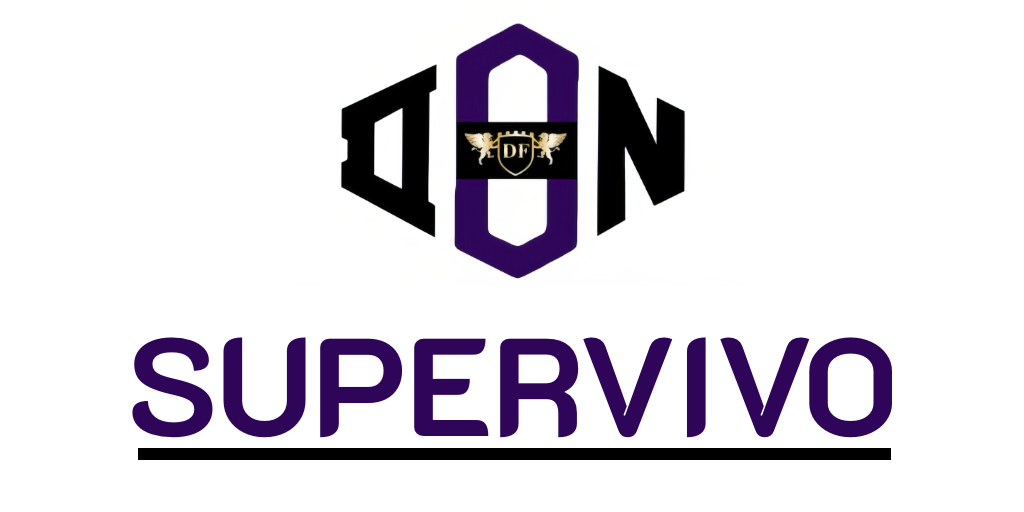In the age of digital advancement, many individuals find themselves battling a common affliction known as tech neck. This condition arises from the prolonged use of smartphones, tablets, and laptops, leading to significant neck discomfort and posture-related issues. Understanding how to prevent tech neck is essential for anyone striving for digital wellness. By adopting effective posture techniques, embracing ergonomic workspace setups, and integrating consistent stretching into your routine, you can significantly reduce neck pain and enhance your overall well-being. Let’s embark on this journey towards sustainable neck pain relief.
Understanding Tech Neck: The Modern Ailment
In our fast-paced, technology-driven world, the phenomenon known as tech neck has emerged as a common complaint among many individuals. As people increasingly rely on mobile devices and computers, the prevalence of this condition continues to rise, making it essential to understand its origins and symptoms to promote effective Tech Neck Prevention.
The Rise of Tech Neck in Today’s Digital Age
Tech neck primarily results from a forward head posture adopted when looking down at devices for prolonged periods. This trend correlates with the growing integration of technology into daily life, affecting both work and leisure activities. As more individuals experience this condition, awareness of its detrimental effects becomes crucial.
Identifying the Symptoms of Tech Neck
Recognising the Symptoms of Tech Neck can significantly enhance one’s ability to address the problem early on. Common symptoms include:
- Stiffness and discomfort in the neck
- Pain in the upper back
- Headaches
- Reduced range of motion in the neck
Understanding these symptoms plays a vital role in effectively managing and reducing their impact, paving the way for proactive measures in Tech Neck Prevention.

How To Prevent Tech Neck
In an age dominated by screens, preventing tech neck has become essential for everyone. Implementing essential Posture Tips can significantly reduce the strain on your neck and spine. By focusing on proper alignment and workstation adjustments, you can create a healthier environment for both work and leisure.
Implementing Essential Posture Tips
Maintaining a neutral spine is crucial in avoiding tech neck. This means ensuring that your ears, shoulders, and hips are aligned. Regularly check your posture, especially during long periods of screen use. Standing or sitting with a straight back contributes greatly to overall comfort.
- Keep your feet flat on the floor or use a footrest.
- Ensure your knees are at a 90-degree angle.
- Use supportive cushions to enhance lower back support.
Understanding the Importance of Ergonomic Workspace Setup
Creating an Ergonomic Workspace Setup is vital for minimising discomfort. Start by adjusting your chair height so that your elbows are at a comfortable angle when using your keyboard. Position your screen at eye level, which helps maintain a neutral neck position and avoids slouching.
According to Health and Safety Executive guidelines, regularly assessing your workspace can prevent musculoskeletal disorders like tech neck. Small adjustments can lead to significant improvements in comfort and productivity. Embrace these changes to enhance your well-being in a digital world.
Effective Neck Stretches for Relief
Incorporating regular neck stretches into your daily routine serves as a vital strategy for alleviating the discomfort associated with tech neck. Consistent practice of these stretches enhances flexibility, reduces tension, and ultimately contributes to achieving significant neck pain relief.
Daily Neck Stretches for Computer Users
Performing simple neck stretches can greatly benefit those spending prolonged hours in front of screens. Consider adding the following exercises to your regimen:
- Neck Tilts: Gently tilt your head towards each shoulder, holding for a few seconds.
- Chin Tucks: Pull your chin back towards your neck while keeping your eyes forward.
- Shoulder Rolls: Roll your shoulders forward and backward to release tension.
These exercises not only improve flexibility but also promote neck pain relief by addressing tension build-up throughout the day.
Incorporating Stretching into Your Routine
Creating a dedicated stretching routine will aid in maintaining a healthy neck. Aim to perform these stretches every hour while working. The consistency of practice bolsters recovery and reinforces overall spinal health. Feel free to set reminders on your devices to ensure you never skip a session.
Screen Time Guidelines for Digital Wellness
In a world dominated by screens, it is essential to set healthy boundaries with screen time. Understanding the impact of prolonged device usage is the first step towards achieving digital wellness. Actively monitoring one’s screen time can lead to more mindful consumption of technology and a healthier lifestyle.
Setting Healthy Boundaries with Screen Time
Establishing limits on daily screen time helps to combat the adverse effects associated with tech neck. Consider implementing strategies to create a balanced approach to digital engagement:
- Designate tech-free periods throughout the day.
- Encourage outdoor activities or hobbies that do not involve screens.
- Engage in regular breaks during work sessions to promote physical movement.
The 20-20-20 Rule: A Simple Strategy to Protect Your Neck
The 20-20-20 rule offers a practical means to alleviate strain from screens. For every 20 minutes of screen time, look at something at least 20 feet away for at least 20 seconds. This simple technique not only provides relief for the eyes but encourages users to adjust their posture, enhancing overall well-being. Embracing such screen time guidelines can make a significant difference in preventing discomfort and fostering long-term health.
Exercises to Strengthen Your Neck and Back
For those who spend considerable time in front of screens, incorporating targeted neck exercises for computer users is essential. Strengthening the neck and back muscles not only alleviates discomfort but also helps in maintaining the proper alignment of the spine. These exercises contribute significantly to the long-term health of your neck, ensuring it can withstand the demands of a digital lifestyle.
Targeted Neck Exercises for Computer Users
Effective neck exercises for computer users may include:
- Neck Isometrics: Pressing the forehead into the hands provides resistance without movement, strengthening neck muscles.
- Shoulder Shrugs: Raising shoulders towards the ears helps relieve tension while engaging upper back and neck muscles.
- Resistance Band Pulls: Using bands to perform lateral neck motions develops strength and stability.
These exercises should be practiced regularly for optimal results. Consistency will lead to noticeable improvements in strength and flexibility.
Building Core Strength to Support Proper Posture
A robust core is integral to supporting your spine and maintaining good posture. Engage in exercises that enhance core stability, such as:
- Planks: They strengthen the entire core, which is crucial for preventing neck strain.
- Bridges: This move supports the lower back while also engaging the glutes and pelvis.
- Dead Bugs: This exercise helps improve coordination and core strength simultaneously.
The synergy between a strong core and a strengthened neck can create a solid foundation for your overall posture. Regularly integrating these exercises into your routine will empower you to combat the effects of tech neck effectively.
Tips for Preventing Forward Head Posture
Forward head posture is an increasingly common issue stemming from the modern reliance on technology, leading to significant discomfort if not addressed. To combat this, maintaining mindfulness of head positioning while using devices is essential. This awareness allows individuals to consciously align their neck and spine, reducing the strain caused by poor posture. Utilizing voice commands whenever feasible can also relieve neck pressure, allowing for a more natural, upright posture during interactions with digital devices.
Regular posture checks while seated are vital in Preventing Forward Head Posture. Taking short breaks every hour to stand, stretch, and realign the head in relation to the spine can dramatically improve posture over time. Integrating specific exercises aimed at retracting the neck and shoulder blades can further counteract the tendency towards forward alignment. These strengthening activities not only enhance posture but also alleviate discomfort associated with tech neck.
Research from the American Physical Therapy Association emphasises a multifaceted strategy when addressing the challenges of Forward Head Posture. Ergonomic adjustments to workspaces, along with ongoing education about proper posture, empower individuals to take charge of their wellbeing. Complementing these adjustments with regular movement throughout the day is key to combatting this prevalent issue effectively, paving the way for a healthier, more sustainable engagement with technology.









